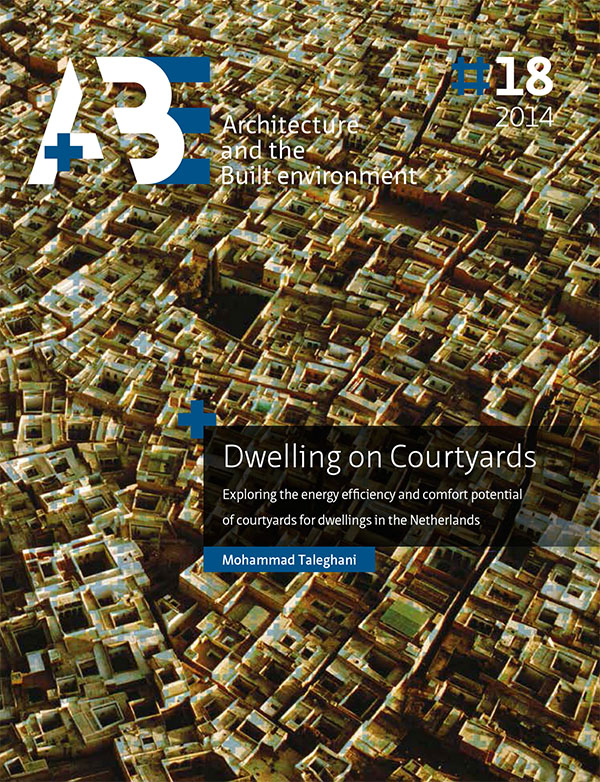Introduction into thermal comfort in buildings
Keywords:
Thermal comfort, ASHRAE 55, EN15251, ATGAbstract
Thermal comfort has been discussed since 1930s. There have been two main approaches to thermal comfort: the steady-state model and the adaptive model. The adaptive model is mainly based on the theory of the human body’s adapting to its outdoor and indoor climate. In this paper, besides the steady-state model, three adaptive thermal comfort standards are comprehensively reviewed: the American ASHRAE 55-2010 standard, the European EN15251 standard, and the Dutch ATG guideline. Through a case study from the Netherlands, these standards are compared. The main differences discussed between the standards are the equations for upper and lower limits, reference temperatures, acceptable temperature ranges and databases.


